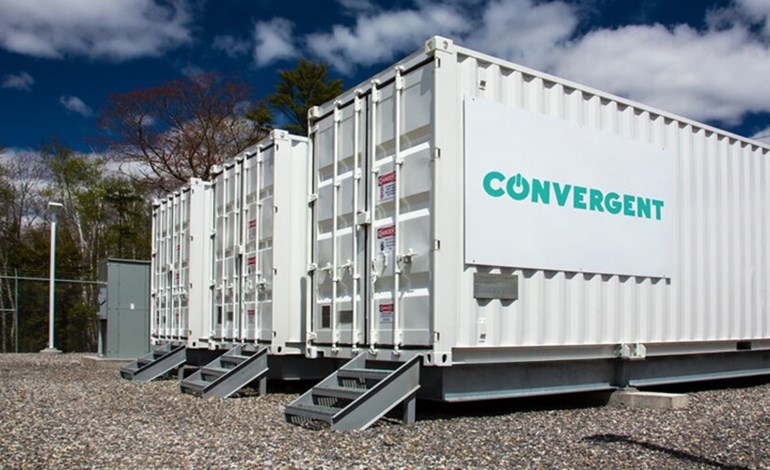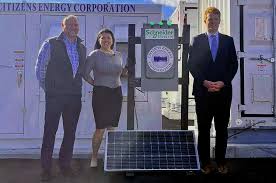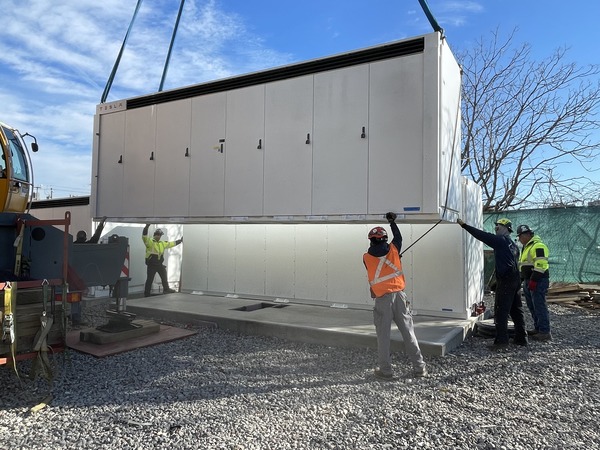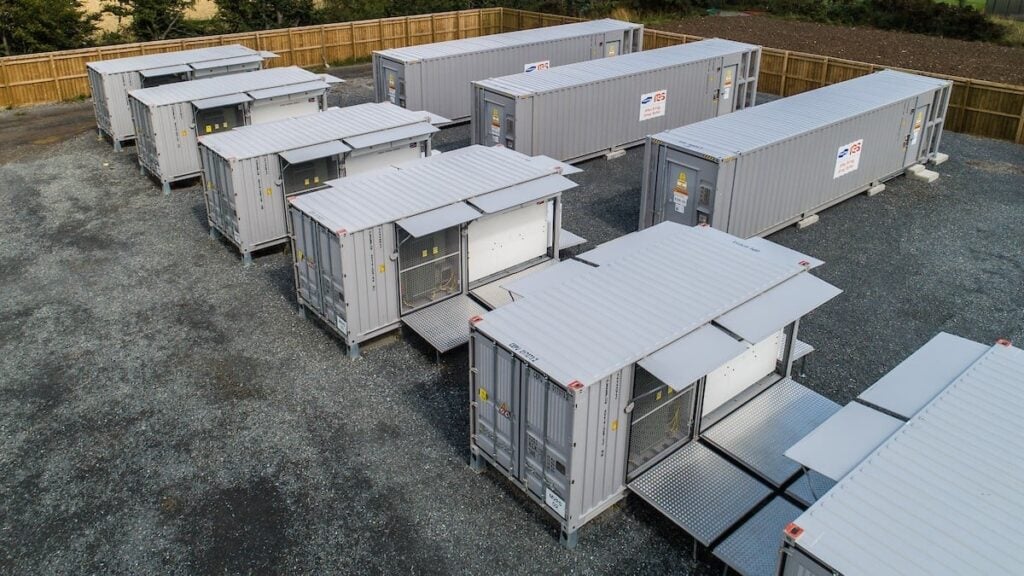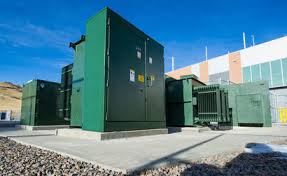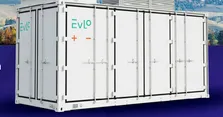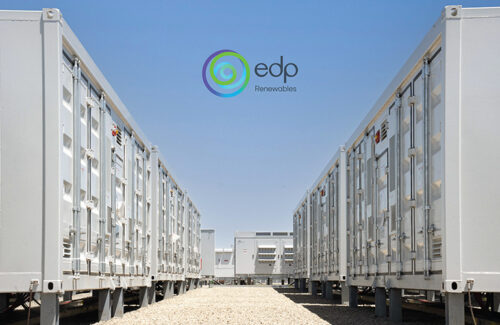The Long Duration Energy Storage Council (LDES Council) has released a report which found that this type of storage needs to be scaled up 1.5 – 2.5TW by 2040, approximately 400x present-day levels, as the world scales up its use of renewable energy onto power grids.
![Image credit: [petovarga]©123RF.com](https://www.world-energy.org/uploadfile/2021/1130/20211130022444911.jpg) Image credit: [petovarga]©123RF.com
Image credit: [petovarga]©123RF.com
This would correspond to 85-140TWh of long-duration energy storage by 2040, the LDES Council found, suggesting that at some point 10% of all electricity generated globally could be stored in the form of long-duration storage.
This would require from $1.5-3 trillion in investment. For comparison this is similar to the amount invested in transmission and distribution networks every 2-4 years.
Long-duration energy storage is categorised as storage for durations of 8 hours up to weeks and provides for intraday, multiday and seasonal flexibility.
Shorter than that, lithium-ion batteries are generally the most cost-competitive option, while upwards of about 150 hours of emerging technologies including hydrogen turbines and carbon capture and storage are expected to become those of choice.
Long duration storage technologies can be categorised in four areas: mechanical, thermal, chemical and electrochemical.
The most widespread and mature storage technology is pumped hydro, which accounts for 95% of the total energy storage capacity worldwide. Other emerging mechanical solutions include compressed and liquid air and gravity-based energy storage.
The most widespread in the thermal category is molten salts coupled with concentrated solar power plants, while in the chemical category power-to-gas-to-power is the most popular emerging technology.
Electrochemical options include flow batteries and iron-air and other metal anode batteries.
Uses of long duration energy storage
The LDES Council report, Net-zero power: Long-duration energy storage for a renewable grid, was prepared by McKinsey & Company. It states that long-duration energy storage technologies can play a crucial role in helping create the system flexibility and stability required by an increasing renewable share in power generation.
The multiple use cases include support for system stability, firming corporate power purchase agreements (PPAs) and optimisation of energy for industries with remote or unreliable grids. Similarly, there is a lot of potential in off-grid systems, which have a lower level of flexibility and currently rely heavily on fossil fuels.
However, the largest proportion of deployment is expected to be related to the central tasks of energy shifting, capacity provision and transmission and distribution optimisation in bulk power systems.
The report indicates that for long-duration energy storage to be cost-optimal, its costs must decrease by 60%. This is considered achievable and in line with cost reductions that have occurred in other clean technologies like solar and wind but will require action from governments, which also must mobilise the necessary investment and create the market signals to enable investors to make an attractive return.
According to the report, long-term system planning, including clear renewables targets, is critical to creating investor confidence.
“Together, these measures will ultimately help ensure that the energy transition is achieved at the lowest societal cost,” the report stated.
The LDES Council was launched at COP26 by a group of technology companies to provide advice to governments and industry. The Net-zero power: Long-duration energy storage for a renewable grid report is available online.
